Santo Antônio de Lisboa - Florianópolis neighborhood
Região: north of the island
Close quarters: sambaqui (2,5 km) | cacupé (3,4 km)
Nearby beaches: Saint Anthony of Lisbon | sambaqui | cacupé
Distances: Centro e Bus Station 18 km | Airport 28 km
Also find: water sports, mariculture, colonial architecture, gastronomic route

Santo Antônio de Lisboa is located in north from Santa Catarina Island, 15,9 km from the center of the city, between the neighborhoods cacupé e sambaqui.
The neighborhood occupies an area of approximately 22,45 km² and is home to a resident population of around 1.653 people.
Much of the urban fabric is concentrated along the two main roads, Rua Padre Lourenço Rodrigues de Andrade, which connects the neighborhood to Rodovia SC 401, and Rua Gilson da Costa Xavier, which departs from the historic center and serves as access to the neighborhood. Sambaqui.
Da praia, it is possible to admire the North Bay, the mainland neighborhoods and the famous Hercílio Luz Bridge. All this watered by the golden rays of the sunset, framed by the sun that hides between the silhouette of boats and the hills on the horizon.

In the historic center, between the squares Roldão da Rocha Pires and Getúlio Vargas are the main non-natural tourist attractions of the neighborhood, such as the Church of Santo Antônio, the former Customs Post, house where Dom Pedro II stayed, and the first cobbled street in the State of Santa Catarina.
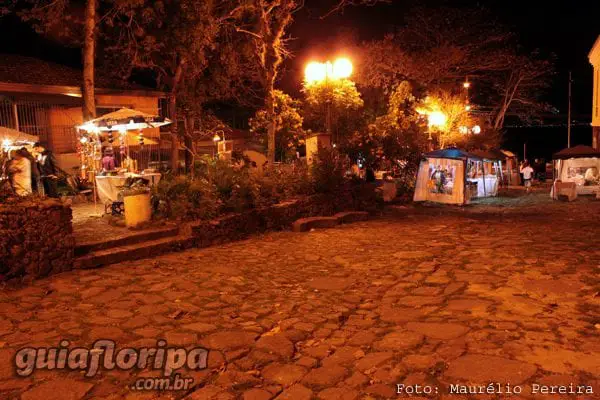
Commerce in the neighborhood is limited, basically focused on the needs of its residents, with markets, bakeries, fishmongers, gas stations, pharmacies, among others. However, there are craft shops and Azorean cultural items, such as Azorean House and Tramoias Ilhoas, which draw the attention of those who visit the neighborhood.
ADVERTISING
Unlike most neighborhoods in Florianópolis, Santo Antônio de Lisboa has not suffered relevant impacts caused by the real estate expansion in recent decades and continues to maintain its peaceful and charming colonial village air. Most of its streets are paved and there are no buildings in the neighborhood. The region is served by five bus lines, one executive (2124) and four conventional (310, 331, 332 and 365).
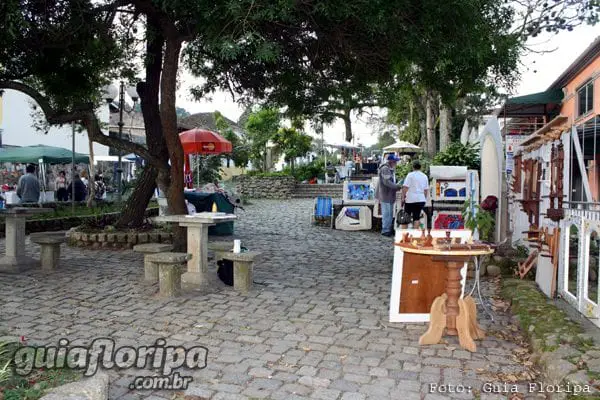
On SC-401, on the side of the highway towards the beaches of the north of the island, is located the Corporate Park, a business center that houses from technology companies, advertising agencies, a modern space for events to the only cinema in the region, the Paradigm Cine Arte. At the entrance to Santo Antônio de Lisboa there are also a university and a private school, in addition to a health post, a basic school, a NEI, a day care center and the public transport terminal. Tisan (St. Antônio de Lisboa Integration Terminal).
However, it is in the natural beauty and tourism that the neighborhood stands out. Along the waterfront, there are several dining options for all tastes. are bars and restaurants established in the region, such as the Oyster Bar Parish, Chão Batido and Bate Ponto, just to name a few, which, with their decks and balconies overlooking the beach, offer, in addition to that cold beer or caipirinha made with local cachaça, dishes and snacks made with oysters, shellfish and various types of seafood.
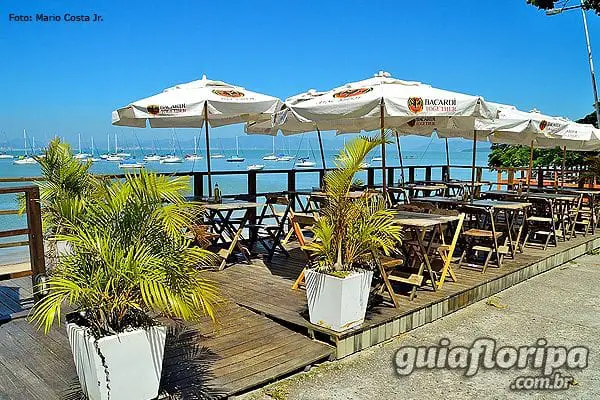
History of Saint Anthony of Lisbon
The name of Saint Anthony of Lisbon is a tribute to the monk of the Franciscan Order who was born in Portugal and was canonized by Pope Gregory IX. However, the neighborhood was not always known this way: throughout its history it has been called Nossa Senhora das Necessidades, just Necessidades, Necessidades da Praia Comprida, Rerituba or simply Santo Antônio.
Santo Antônio de Lisboa is one of the oldest parishes on the island of Santa Catarina, having received its first inhabitants in the 1714th century, when Portuguese-Brazilians from São Francisco do Sul settled in the region. However, its official foundation only took place in XNUMX, when Sergeant Major Manoel Manso de Avelar moved there with his family and built a warehouse to enable maritime trade.
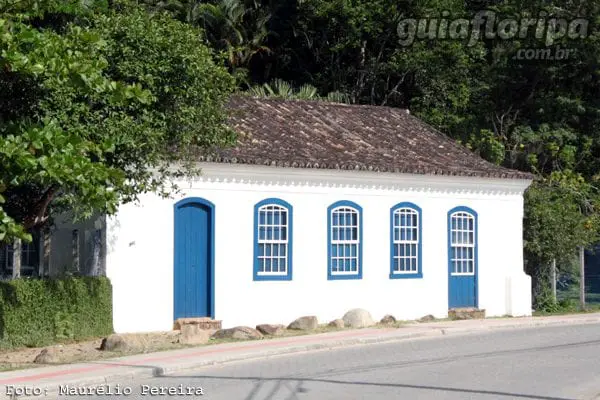
From 1748 onwards, the island began to receive Azorean couples whose mission was to populate the territory. Santo Antônio was one of the regions that least received immigrants, but it was elevated to the category of parish at the same time. The Church of Nossa Senhora das Necessidades was built in the 1750s and it did not take long to become the main reference for the growth of the village.
ADVERTISING
The residents of Santo Antônio de Lisboa built their houses by hand, with barred wattle and daub. They were divided between fishery, cattle raising and agriculture, producing foodstuffs such as cassava, sugarcane, peanuts, corn and coffee. With the construction of mills, they also started to produce flour, sugar, molasses and brandy. In addition, they wove their own garments from cotton linen.
The cultural and social life of the parish was intense: everyone participated in festivities such as the Papaya Ox, the Mousetrap Dance, the Terno de Reis and the Tape Stick. Weddings, baptisms and even novenas served as a pretext for grand balls. But they were also deeply involved in religious celebrations, especially the Festa do Divino Espírito Santo, the Festa da Cruz and, of course, the Festa de Santo Antônio.
Santo Antônio de Lisboa had its heyday in the 1845th century. The northern region became the major agricultural producer on the island of Santa Catarina, and the natural outlet for this production was the port installed in the parish. Its importance was so great that, in XNUMX, the Emperor Dom Pedro II landed in Santo Antônio for a visit. As a status symbol, the first street to be paved in Desterro was the one next to the building where the Emperor stayed; both the pavement and the building still exist today.
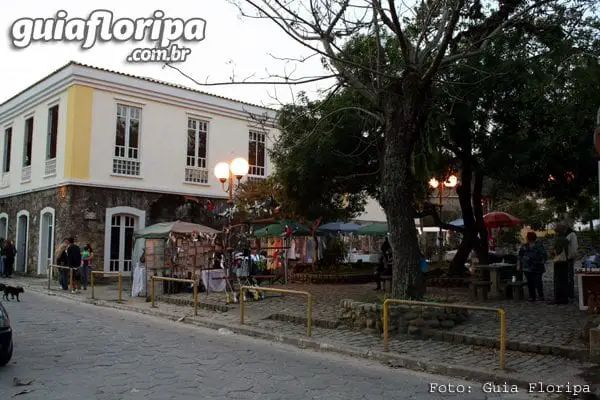
However, the XNUMXth century was not so kind to the parish. Florianópolis received large investments in infrastructure, such as the water supply system, the installation of the public lighting network and the opening of roads. But the main milestone of this period was definitely the construction of the Hercílio Luz Bridge. It facilitated contact between the island and the mainland, causing the eventual decline of port activities in the region.
As if that were not enough, in 1943, the federal intervenor in Santa Catarina, Nereu Ramos, decreed that the village would be renamed Rerituba, whose meaning in Tupi-Guarani is something like “abundance of oysters”. The new name did not have the slightest success among residents and, five years later, deputy Pedro Lopes Vieira managed to get the district back to its previous designation.
Due to the construction of SC-401, in the 1970s, tourists came to know the beauties of beaches such as Canasvieiras e English, which made Santo Antônio and its neighboring neighborhoods take a back seat. This situation was only overcome in the 1980s and 1990s, when there was a movement to value the azorean culture in Florianopolis.
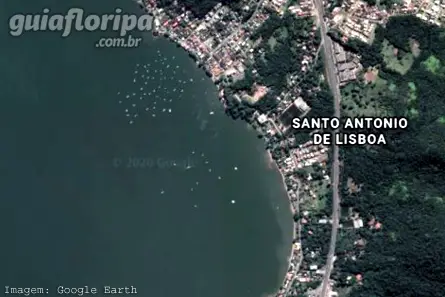
Video of Saint Anthony of Lisbon
DISCOVER MORE North Region Neighborhoods from Florianopolis
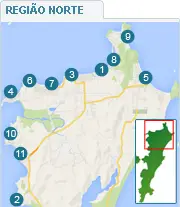
- Bom Jesus waterfall
- cacupé
- Canasvieiras
- Daniela
- English from Rio Vermelho
- Jurerê International
- Traditional Jurerê
- Ponta das Canas
- Brava Beach
- sambaqui
- Saint Anthony of Lisbon












